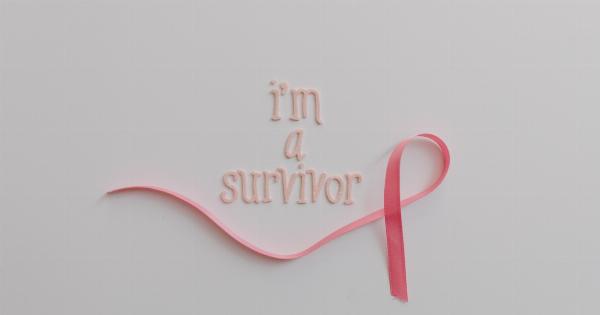Our eyes are precious and delicate organs that allow us to experience and perceive the world around us. Maintaining good eye health is crucial for our overall well-being, and one aspect that often goes overlooked is ocular pressure.
What is Ocular Pressure?
Ocular pressure, also known as intraocular pressure (IOP), refers to the fluid pressure inside the eye.
Our eyes naturally produce a clear fluid called aqueous humor, which circulates through the front part of the eye, providing nutrients and maintaining its shape. The accurate balance of this fluid is essential for healthy vision.
Typically, our eyes maintain a constant and relatively stable level of ocular pressure. However, when there is an imbalance between the production and drainage of aqueous humor, it can lead to an increase in ocular pressure.
This condition is commonly associated with glaucoma, a group of eye disorders that can cause vision loss and potentially lead to blindness if left untreated.
The Importance of Early Detection
Understanding the warning signs of high ocular pressure is crucial for early detection and timely intervention. Regular eye examinations can help identify any changes in ocular pressure and allow for appropriate management and treatment.
Warning Signs of High Ocular Pressure
1. Blurred Vision: High ocular pressure can cause blurred or hazy vision. Objects may appear distorted or out of focus, making it challenging to see clearly.
2. Eye Pain and Discomfort: Individuals with high ocular pressure may experience varying degrees of eye pain or discomfort. This can range from a dull ache to sharp, intense pain.
3. Halos Around Lights: Many people with high ocular pressure report seeing halos around lights, especially at night or in low-light conditions. These halos can interfere with clear vision and may be a sign of an underlying eye condition.
4. Redness and Irritation: Increased ocular pressure can cause redness and irritation in the eyes. The eyes may appear bloodshot or feel itchy and gritty.
5. Headaches: Individuals with high ocular pressure may experience frequent headaches, especially around the temples and in the brow region. These headaches can be persistent and may worsen over time.
6. Nausea and Vomiting: In severe cases of high ocular pressure or acute glaucoma, individuals may experience nausea and vomiting. These symptoms can indicate a medical emergency and require immediate attention.
7. Decreased Peripheral Vision: Peripheral vision refers to our ability to see objects and movement outside the direct line of sight. High ocular pressure can gradually affect peripheral vision, causing it to narrow over time.
8. Light Sensitivity: People with high ocular pressure may become more sensitive to bright lights. Exposure to bright light sources can cause discomfort, irritation, and even pain.
9. Changes in Color Vision: High ocular pressure can affect the perception of colors. Some individuals may notice a shift or dulling in colors, particularly in low-light or contrasting environments.
10. Optic Nerve Damage: Prolonged high ocular pressure can damage the optic nerve, which carries visual information from the eyes to the brain. This can result in irreversible vision loss if not detected and treated promptly.
Seeking Timely Medical Attention
If you experience any of the warning signs mentioned above, it is crucial to seek immediate medical attention.
Only a comprehensive eye examination performed by a qualified eye care professional can accurately diagnose high ocular pressure or any underlying eye disorders.
During an eye examination, your eye doctor may perform various tests, including tonometry, which measures ocular pressure, and a comprehensive evaluation of your eye health.
Early detection and appropriate management can help prevent further damage and preserve your vision.
Conclusion
Understanding the warning signs of high ocular pressure is vital for maintaining good eye health.
Regular eye examinations, especially as we age, can help in the early detection of ocular pressure imbalances and the prevention of vision loss associated with conditions like glaucoma.
Remember, our eyes are irreplaceable, and seeking timely medical attention can make all the difference. Prioritize your eye health and take the necessary steps to protect your vision.



























